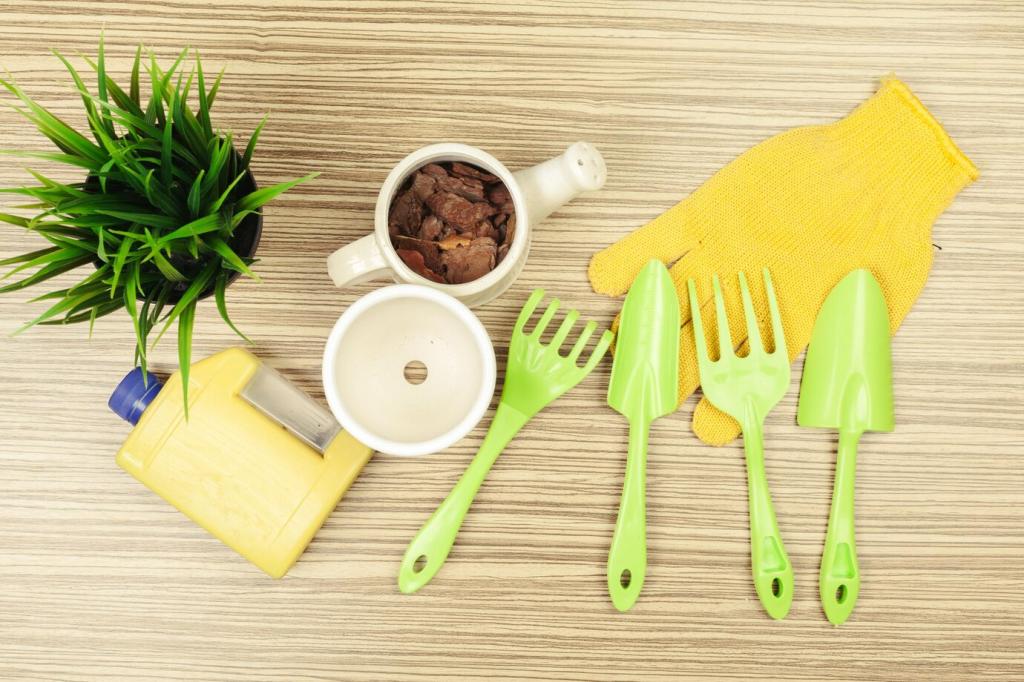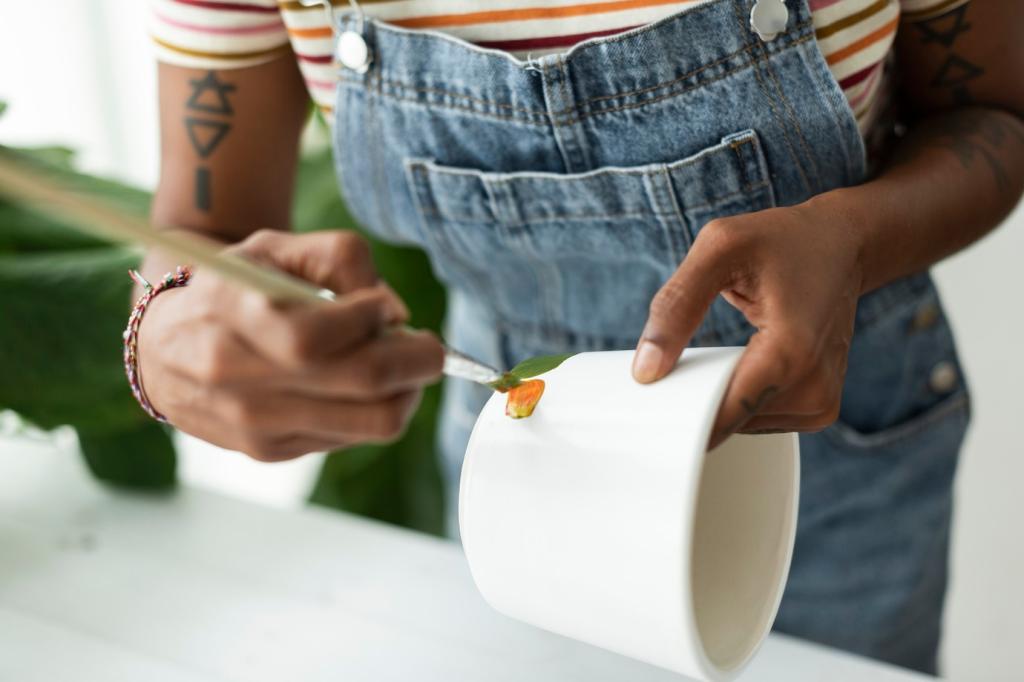Chosen theme: Biodegradable Furniture Cleaning Cloths. Welcome to a gentler way of caring for your furniture and the Earth, with smart materials that shine surfaces, curb waste, and fit beautifully into everyday routines.
Traditional microfiber cloths are effective, yet they shed tiny plastic fibers during washing. Biodegradable cloths made from cellulose, cotton, or bamboo avoid this problem, offering excellent absorption without leaving a synthetic trace behind. Share how you currently clean your furniture, and let’s explore better, fiber-conscious habits together.
Why Biodegradable Furniture Cleaning Cloths Matter

This is the heading
Lorem ipsum dolor sit amet, consectetur adipiscing elit. Ut elit tellus, luctus nec ullamcorper mattis, pulvinar dapibus leo.

This is the heading
Lorem ipsum dolor sit amet, consectetur adipiscing elit. Ut elit tellus, luctus nec ullamcorper mattis, pulvinar dapibus leo.
Finished and oiled wood: follow the grain
Lightly dampen your biodegradable cloth, wring thoroughly, and wipe with the grain using gentle, even strokes. For sticky spots, add a drop of mild soap diluted in distilled water, then buff dry immediately. Test in an inconspicuous area first. Share your wood finish type, and we’ll tailor the dilution.
Leather and faux leather: moisture control is everything
Use a barely damp cloth for dust and light marks, then follow with a dry buff to restore luster. Avoid alcohol and harsh degreasers that can strip protective coatings. Condition real leather periodically with a product you trust. Tell us your sofa’s material, and we’ll fine-tune a safe routine.
Glass, metal, and lacquer: streak-free in two passes
Fold your cloth into quarters for structure. First pass: a slightly damp wipe to lift prints and dust. Second pass: a dry side to flash off moisture for a gleaming finish. Keep abrasive particles away by rinsing the cloth often. Post your toughest surface and we’ll suggest a specific technique.
Care, Washing, and End-of-Life
Machine-wash on cold or warm with mild detergent, skip fabric softeners that reduce absorbency, and avoid bleach that weakens natural fibers. Air-dry flat or hang to maintain shape. If machine-drying, choose low heat. Share your washing setup, and we’ll suggest settings that suit your routine.
Care, Washing, and End-of-Life
For occasional refresh, soak in hot water with a bit of oxygen-based bleach, then rinse thoroughly. Boiling briefly can sanitize cellulose cloths but may shorten lifespan—use sparingly. Sunlight also helps naturally. Tell us how often you deep-clean cloths, and we’ll recommend a sustainable cadence.
DIY and Upcycling: Make Your Own Cloths
Upcycle soft cotton tees into lint-light cloths by cutting squares and finishing edges with a zigzag stitch to prevent fraying. Double-layer the corners for durability where fingers pinch. Share your before-and-after photos, and inspire a friend to turn their drawer of “someday shirts” into everyday helpers.



A Small Story: One Family’s Switch
After a juice spill sent a roll tumbling across the kitchen, Maya counted the sheets used every week. It was eye-opening. They tried a cellulose cloth on their coffee table and were surprised how quickly it lifted rings without soaking the wood. What moment sparked your rethink? Share it below.
A Small Story: One Family’s Switch
They tracked a month: three cloths handled dusting, polishing, and wipe-downs, replacing eleven rolls they usually bought. The living room felt fresher, and their bin filled more slowly. Their favorite perk was how quickly the cloths dried between chores. Would you track your month? We’ll send a simple checklist.



